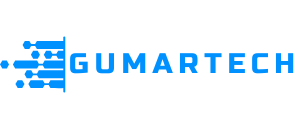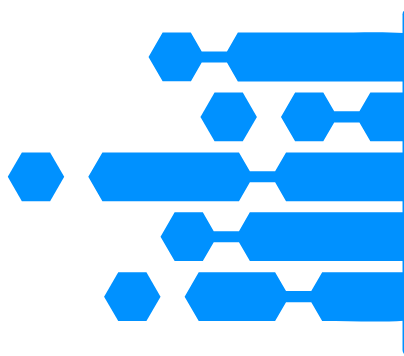Segmentation Strategies for Email Campaigns Boost Engagement
In the world of digital marketing, mastering effective segmentation strategies for email campaigns is paramount. With an overload of information and options available to consumers today, personalized communication is no longer just a preference, it’s an expectation. Tailoring your emails based on segmented audience data can significantly enhance engagement, conversion rates, and ultimately, customer loyalty. This blog post will explore in detail the importance of email segmentation and provide actionable strategies that marketers can implement to optimize their email campaigns.
Understanding Email Segmentation
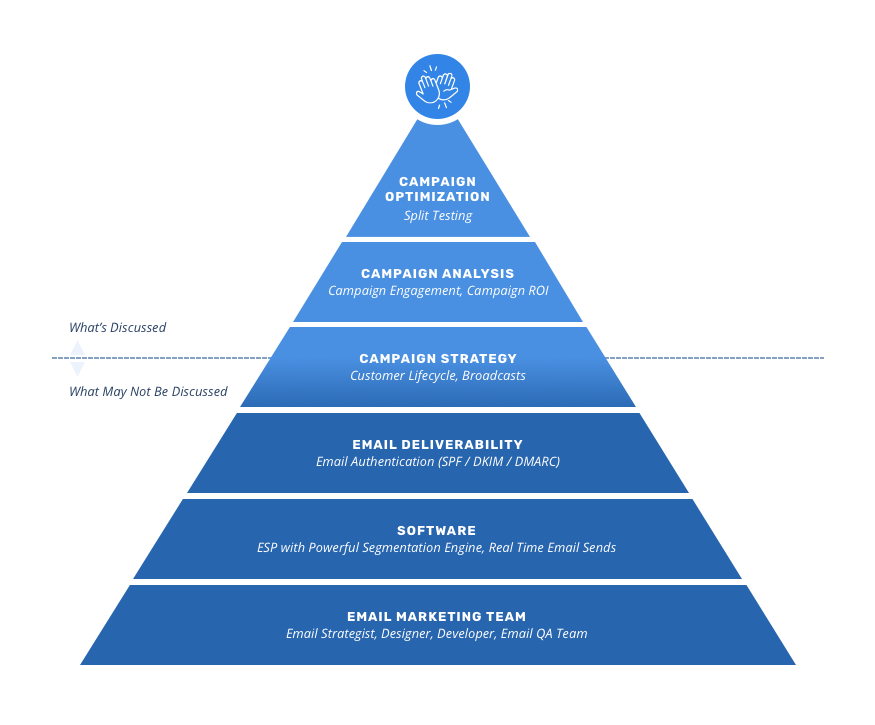
Email segmentation involves dividing your email list into distinct groups based on various criteria so you can send targeted messages that resonate with each segment. Unlike blanket email campaigns that treat every subscriber the same, segmented campaigns allow for more personalized communication tailored to specific preferences, behaviors, or demographics.
Segmentation is vital for several reasons. Firstly, it increases open and click-through rates. When recipients receive relevant content, they are more likely to engage with your email. Secondly, it significantly reduces unsubscribe rates as customers feel more connected to the content provided. Thirdly, advanced segmentation techniques can lead to improved sales and higher revenue through targeted offers that appeal to specific segments of your audience.
Importance of Segmentation
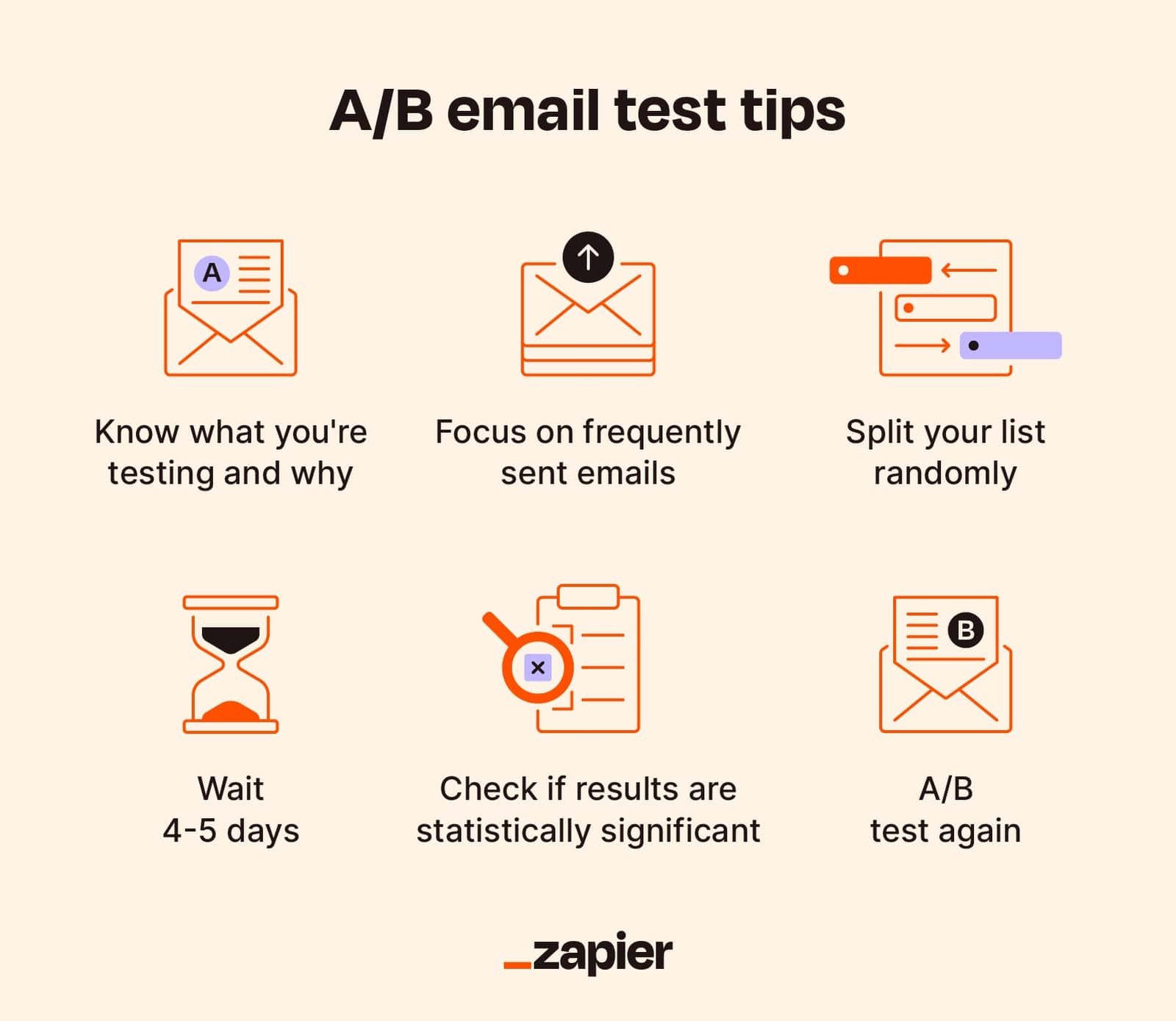
Effective segmentation strategies for email campaigns not only improve performance metrics but also allow brands to build stronger relationships with their subscribers. When customers feel understood and valued, they are more inclined to remain loyal. Additionally, segmentation enables marketers to identify trends within specific groups, allowing for better forecasting and strategic planning.
Understanding the needs, preferences, and behaviors of your audience creates opportunities for more meaningful interactions. By employing targeted messaging, brands can guide subscribers through the buyer’s journey, nurture leads, and convert them into customers. In essence, segmentation acts as a bridge connecting marketing efforts to consumer expectations.
Benefits of Email Segmentation
The benefits of email segmentation extend beyond numbers. While increased open rates and higher conversions are measurable outcomes, the true value lies in fostering genuine connections with your audience. Segmented campaigns provide insights into consumer behavior and preferences, enabling marketers to respond proactively.
With the right segmentation strategy, businesses can differentiate themselves from competitors by delivering exceptional customer experiences. Furthermore, presenting relevant offers to certain segments not only boosts immediate sales but also cultivates long-term loyalty and advocacy. In a world where consumers crave personalized experiences, mastering effective segmentation strategies is essential for any successful email marketing campaign.
Types of Segmentation Strategies
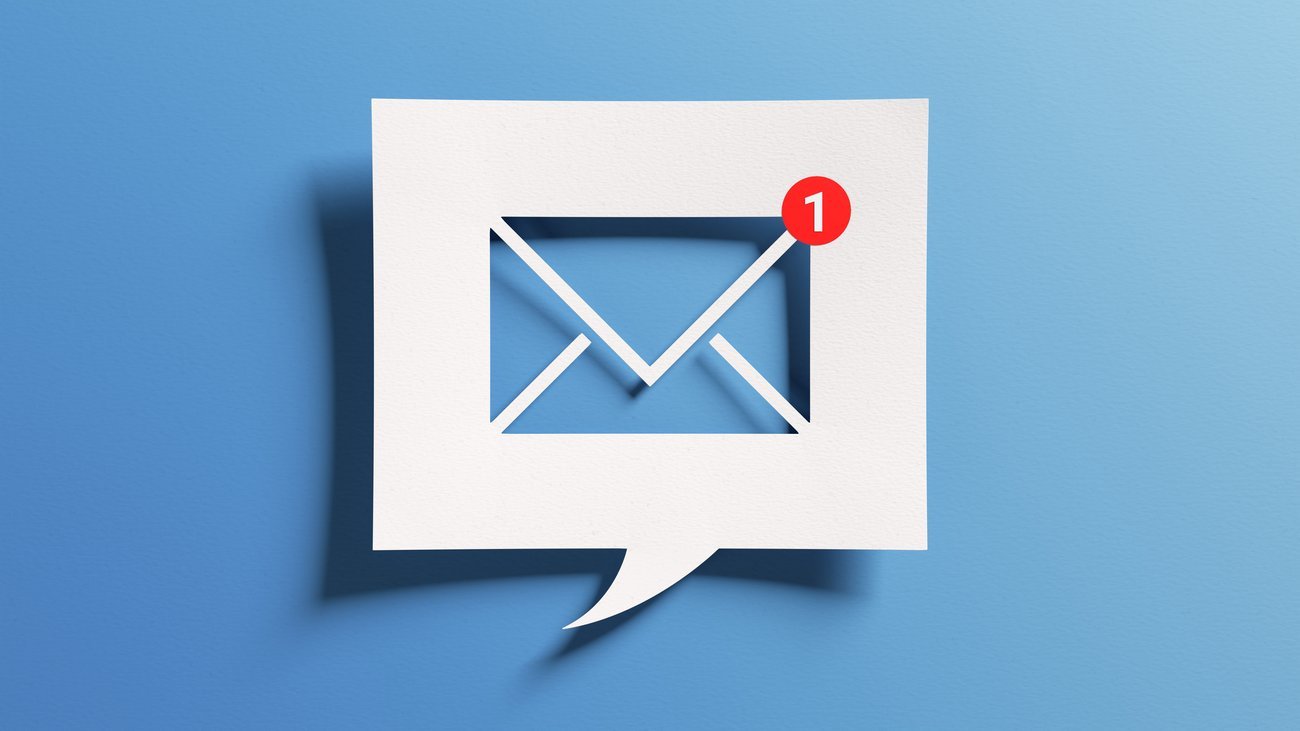
There are various ways to segment your email lists effectively. Choosing the right type of segmentation strategy often depends on your specific goals and the characteristics of your audience. Below, we will explore some of the most common segmentation strategies that can help refine your email marketing efforts.
Demographic Segmentation
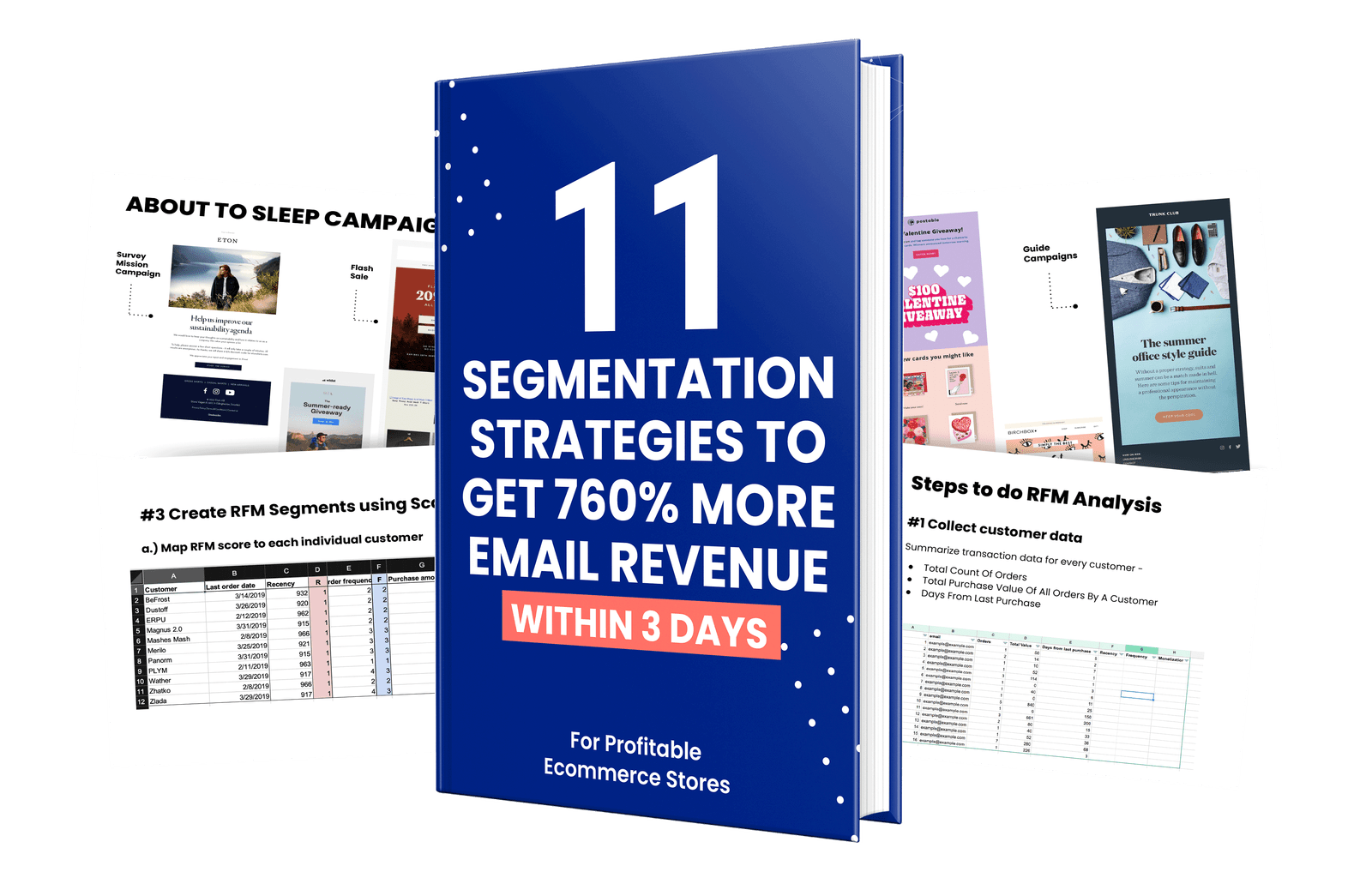
Demographic segmentation divides your audience based on key demographic indicators such as age, gender, income level, education, occupation, and marital status. This type of segmentation allows marketers to create targeted content that speaks directly to the needs and concerns of different demographic groups.
For instance, a skincare brand may send different promotions to younger consumers focused on acne solutions versus older consumers interested in anti-aging products. By understanding these demographic differences, marketers can tailor their messaging and offer compelling reasons for each segment to engage further with the brand.
Moreover, demographic segmentation can aid in identifying new target markets. If a particular product is receiving substantial engagement from a demographic group previously unconsidered, this insight can drive strategic marketing initiatives that expand the brand’s reach.
Geographic Segmentation
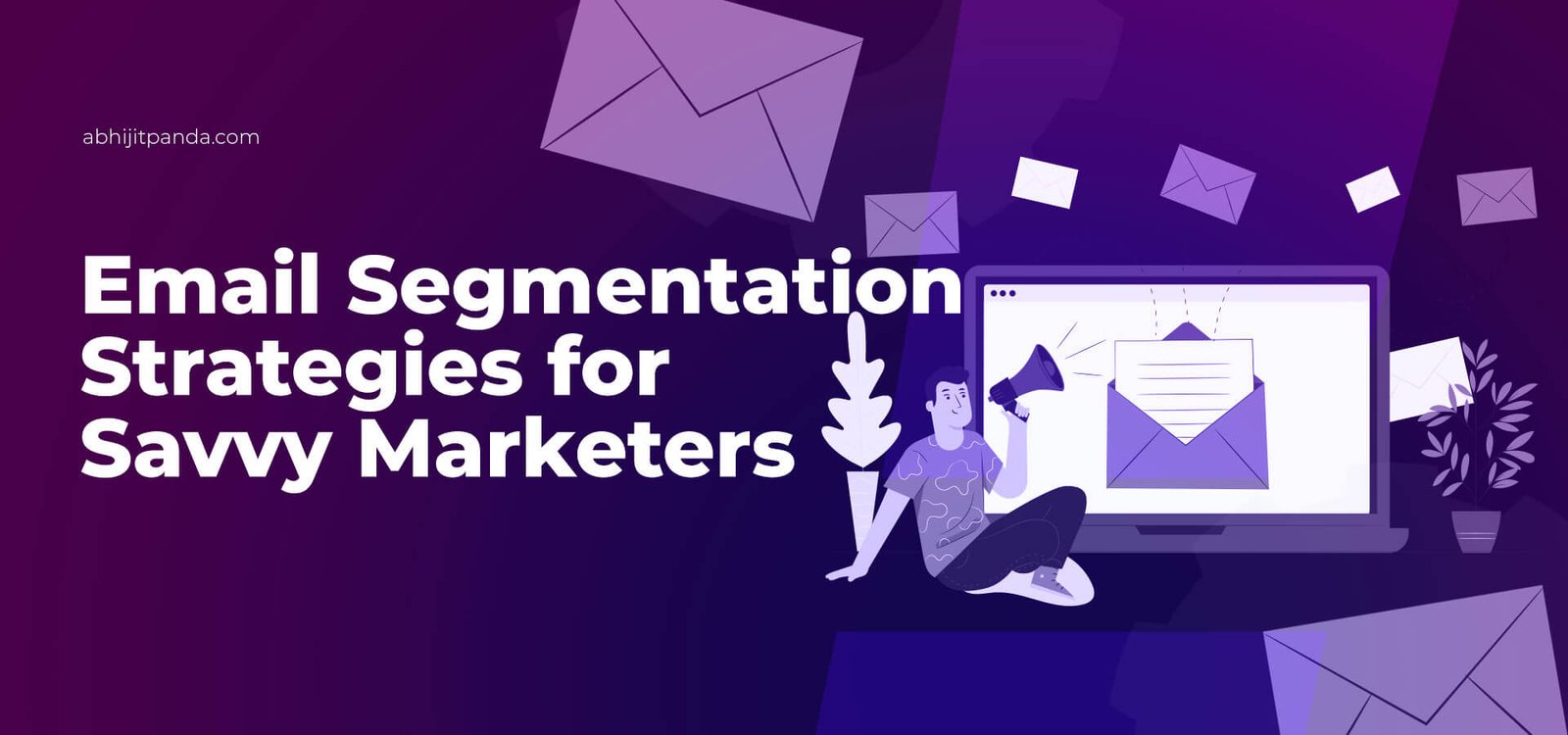
Geographic segmentation categorizes audiences based on their location, be it country, region, city, or even climate. This approach allows brands to consider cultural influences, seasonal preferences, and regional trends when developing campaigns.
For instance, a retail store could promote winter clothing to customers in colder regions while showcasing summer apparel to those in warmer climates. Localized content can foster a sense of community and relevance, enhancing connection with the audience.
Additionally, geographic segmentation can be beneficial for event marketing. Businesses can send invitations to local customers while promoting virtual events to a broader audience. Acknowledge regional holidays and traditions to amplify engagement and facilitate participation.
Behavioral Segmentation
Behavioral segmentation focuses on users’ interactions with the brand, including purchasing behavior, usage frequency, engagement patterns, and brand loyalty. This strategy provides deeper insights into customer motivations and preferences, making it easier to craft targeted messaging.
For example, an e-commerce platform might segment customers based on their purchase history, sending exclusive discounts to frequent buyers while re-engaging lapsed customers with special offers. This targeted approach encourages repeat purchases and refreshes interest from dormant accounts.
Beyond purchase behavior, behavioral segmentation encompasses website interactions, email opens, and clicks. By analyzing how subscribers interact with previous campaigns, marketers can adapt future communications, ensuring they remain relevant and engaging.
Psychographic Segmentation
Psychographic segmentation delves into the psychological attributes of your audience, focusing on personality traits, values, lifestyles, interests, and motivations. This method helps marketers to connect with customers on a deeper emotional level.
For example, a fitness brand might segment its audience based on lifestyle choices: gym-goers, outdoor enthusiasts, and home workout devotees. Each segment might receive tailored content highlighting relevant products or services, fostering authentic connections.
This segmentation strategy requires research and understanding of your audience’s beliefs and values. Surveys, interviews, and social media monitoring can uncover critical insights. By aligning marketing messages with customers’ psychographics, brands can build a strong affinity and long-lasting relationships.
Firmographic Segmentation (for B2B)
For B2B companies, firmographic segmentation categorizes clients based on company characteristics, such as industry, company size, location, and revenue. This section of segmentation is particularly valuable in helping businesses understand the unique needs and challenges facing different types of organizations.
For example, a software provider might tailor its offerings based on whether a potential client is a startup, a mid-sized company, or a large enterprise. Each segment may face distinct challenges and requirements, necessitating customized messaging and solutions.
Furthermore, firmographic segmentation can assist in account-based marketing strategies. By understanding the specific needs of key accounts, marketers can create highly targeted campaigns aimed at converting high-value leads.
How to Build a Segmented Email List
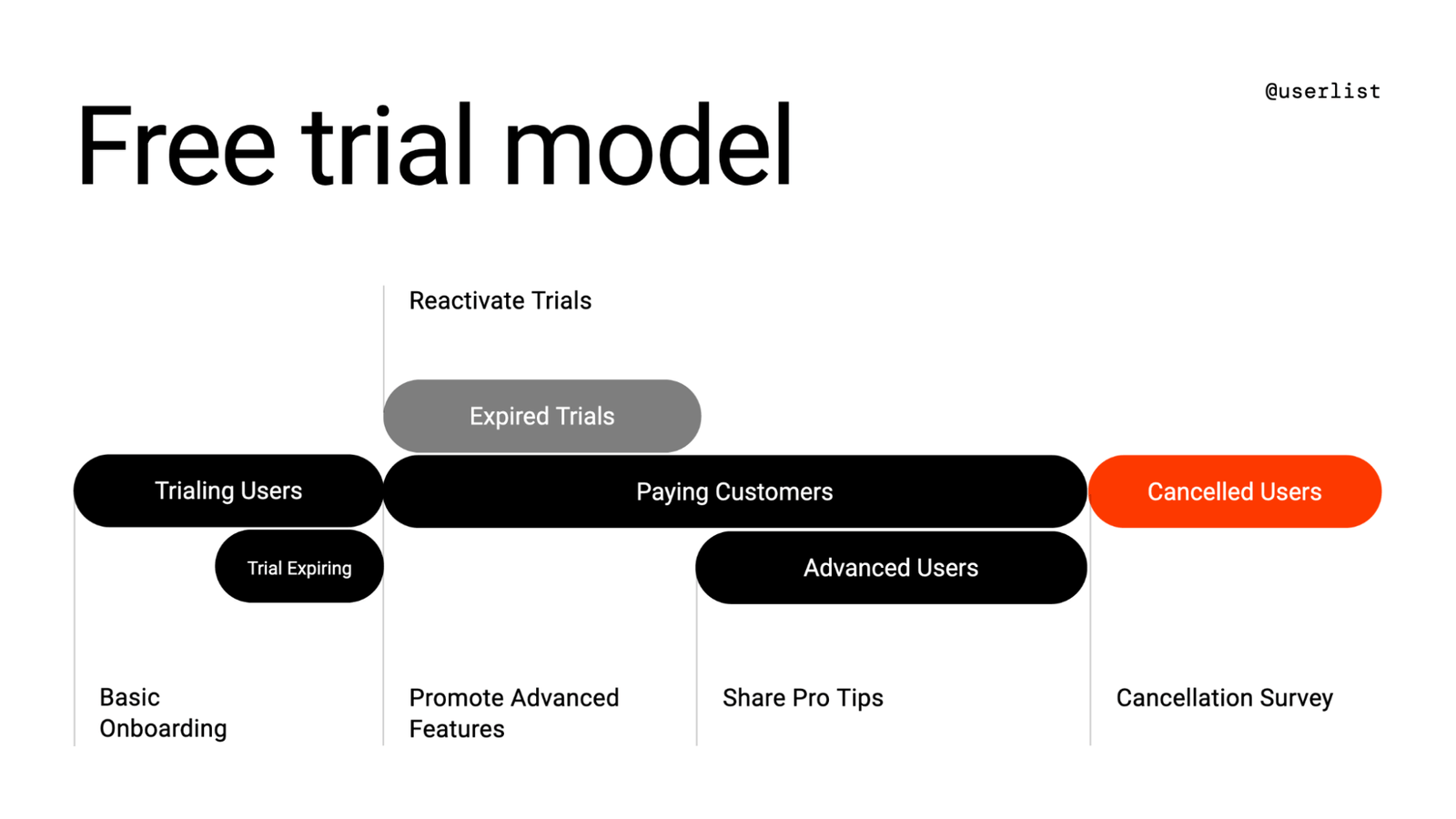
Building a segmented email list requires a thoughtful approach to data collection, organization, and maintenance. A well-segmented list enhances targeting capabilities, leading to improved campaign performance. Here are several strategies for building an effective segmented email list.
Data Collection Methods
The first step in creating a segmented email list is establishing robust data collection methods. Gathering accurate and relevant data about your audience will provide invaluable insights for segmentation purposes. You can utilize various techniques to collect data:
- Surveys and Questionnaires: Asking subscribers about their preferences, interests, and demographics during sign-up can significantly enhance your segmentation capabilities.
- Website Analytics: Tools like Google Analytics track user behavior on your website, revealing valuable insights about visitor demographics, traffic sources, and engagement levels.
- Social Media Insights: Monitoring social media interactions, comments, and likes can reveal additional customer preferences and interests.
- Purchase History: Analyzing past transactions provides insights into buying patterns, preferences, and behaviors that can inform future email campaigns.
Implementing multiple data collection methods ensures that your email list remains comprehensive and up-to-date, allowing for more refined segmentation over time.
Utilizing Signup Forms and Landing Pages
Optimizing signup forms and landing pages is crucial to building a segmented email list. Simple yet effective forms can encourage more users to subscribe while capturing essential data. Consider the following best practices:
- Minimize Fields: Keep your signup forms simple. Limiting the number of fields reduces friction and increases the likelihood of users completing the sign-up process. You can always collect additional information later.
- Use Checkboxes: Provide options for subscribers to indicate their preferences, interests, or demographics via checkboxes. This allows you to gather segmented data from the outset.
- Compelling CTAs: Ensure your calls to action (CTAs) are clear, concise, and enticing. Highlighting incentives like exclusive discounts or valuable content can motivate users to join your list.
- A/B Testing: Experiment with different signup form designs, placements, and wording through A/B testing. This analysis can help determine which variations yield the highest conversion rates.
Landing pages should also feature strong messaging and showcase what subscribers can expect from joining your email list. Emphasizing the value proposition encourages users to take action.
Integrating CRM Systems for Enhanced Segmentation
Integrating your email marketing platform with Customer Relationship Management (CRM) systems can greatly enhance your segmentation strategies. CRMs consolidate customer data, providing a 360-degree view of each contact and enabling marketers to make informed decisions.
By syncing data between your CRM and email marketing platform, you can achieve:
- Comprehensive Profiles: Centralize customer information, purchase history, and interaction points to create detailed profiles, allowing for better segmentation.
- Automated Updates: Automate data updates between systems, ensuring that segmentation criteria are based on the latest information available.
- Advanced Targeting: Utilize CRM data to identify target segments for specific campaigns, enhancing relevancy and personalization.
Regularly assessing and optimizing your segmentation strategies through CRM integration can yield considerable improvements in your email campaign performance.
Maintaining Data Quality and Accuracy
Data cleanliness is essential for effective email segmentation. Regularly maintaining your email list through practices such as list hygiene, validation, and updating contact information is crucial. Here are steps to ensure data quality:
- Remove Duplicates: Regularly check for duplicate entries within your email list. Duplicates can skew engagement metrics and hinder segmentation effectiveness.
- Engagement Tracking: Monitor engagement metrics to identify inactive subscribers. Consider removing or re-engaging these contacts through win-back campaigns.
- Regular Updates: Periodically prompt subscribers to update their information. This could be through preference centers where users can review and modify their details.
- Quality Checks: Implement regular checks to validate the accuracy and completeness of the collected data. Inaccurate data can result in misguided segmentation and ineffective campaigns.
Maintaining data quality ensures that your segmentation criteria reflect the realities of your audience, maximizing the impact of your email marketing efforts.
GoHighLevel offers powerful segmentation strategies for email campaigns, enabling businesses to target specific audience groups based on behavior, location, or engagement history. With its CRM and automation tools, GoHighLevel helps create personalized, highly relevant email flows, improving engagement and boosting conversion rates. The platform also tracks performance, allowing marketers to fine-tune their segmentation strategies for better results.
Best Practices for Effective Segmentation
To harness the full potential of segmentation strategies for email campaigns, marketers should adhere to a set of best practices that enhance the effectiveness of their efforts. Following these guidelines can ultimately lead to increased engagement and conversions.
Tailoring Content to Different Segments
One of the most significant advantages of segmentation is the ability to tailor content specifically for diverse audience segments. Personalization goes beyond simply inserting a receiver’s name in an email; it encompasses delivering relevant content that resonates with individual preferences and pain points.
Take the time to analyze the unique characteristics of each segment. Based on their behaviors, needs, and interests, create customized content that speaks directly to them. For instance, if you have a segment composed of young parents, designing email campaigns that provide parenting tips alongside product recommendations can create a richer experience.
Additionally, consider varying your content formats depending on the segment. While younger audiences may prefer video content, older generations might appreciate informative articles or guides. By understanding your audience’s preferences, you’ll enhance engagement and improve the chances of conversions.
Timing and Frequency of Emails
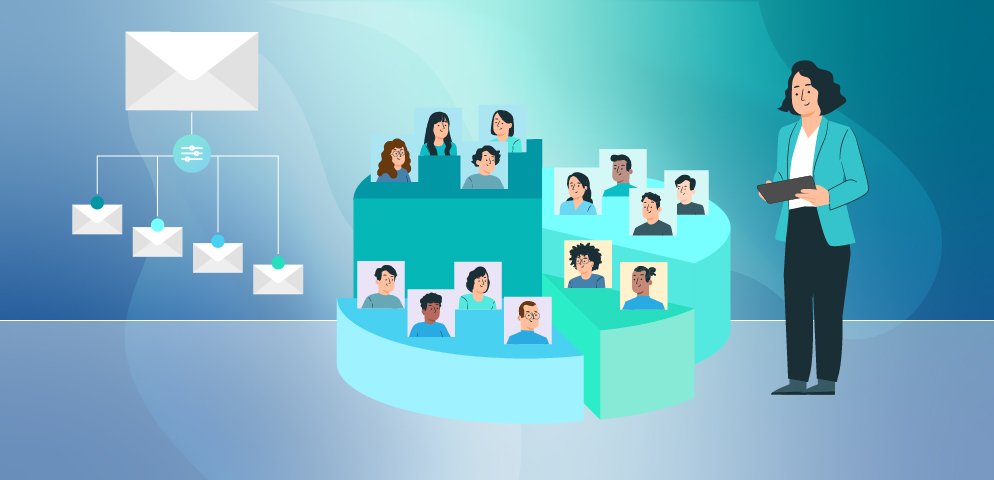
Crafting effective segmentation strategies for email campaigns also involves consideration of the timing and frequency of your email sends. The right timing can significantly boost email open rates and overall engagement.
Analyze engagement data to determine optimal send times for different segments. Factors such as time zones, work schedules, and preferred consumption habits all play a role in determining when your audience is most likely to engage.
Furthermore, regulate the frequency of your email communications. Avoid bombarding subscribers with excessive messages, as this can lead to fatigue and increased unsubscribe rates. Instead, balance the frequency of your communications based on the preferences expressed during signup or inferred from their behaviors.
A/B Testing Segmented Campaigns
A/B testing is a powerful tool for refining your segmentation strategies. Once you’ve implemented segmented email campaigns, conducting A/B tests allows you to identify which messages, designs, or offers resonate most with each segment.
Choose one variable to test, such as subject lines, CTA buttons, or content format. Create two versions (A and B) and send them to a sample of each segment. Analyze engagement metrics to determine which version performs better before rolling out the winning version to the entire segment.
By continuously testing and iterating your segmented campaigns, you can uncover valuable insights that help fine-tune your strategies and enhance your overall email marketing performance.
Monitoring and Analyzing Engagement Metrics
Regularly monitoring and analyzing engagement metrics is crucial for understanding the efficacy of your segmentation strategies. Key metrics to focus on include open rates, click-through rates, conversion rates, and unsubscribe rates.
Leverage these metrics to gauge how well each segment responds to your campaigns. Are certain segments consistently underperforming? If so, delve deeper into their behavior to identify potential issues that need addressing.
Segmentation should be an ongoing process. As customer preferences evolve, regularly revisit your existing segments to ensure they remain relevant. Keeping a pulse on engagement metrics will empower you to make data-driven adjustments to your strategies, driving continuous improvement.
Advanced Segmentation Techniques
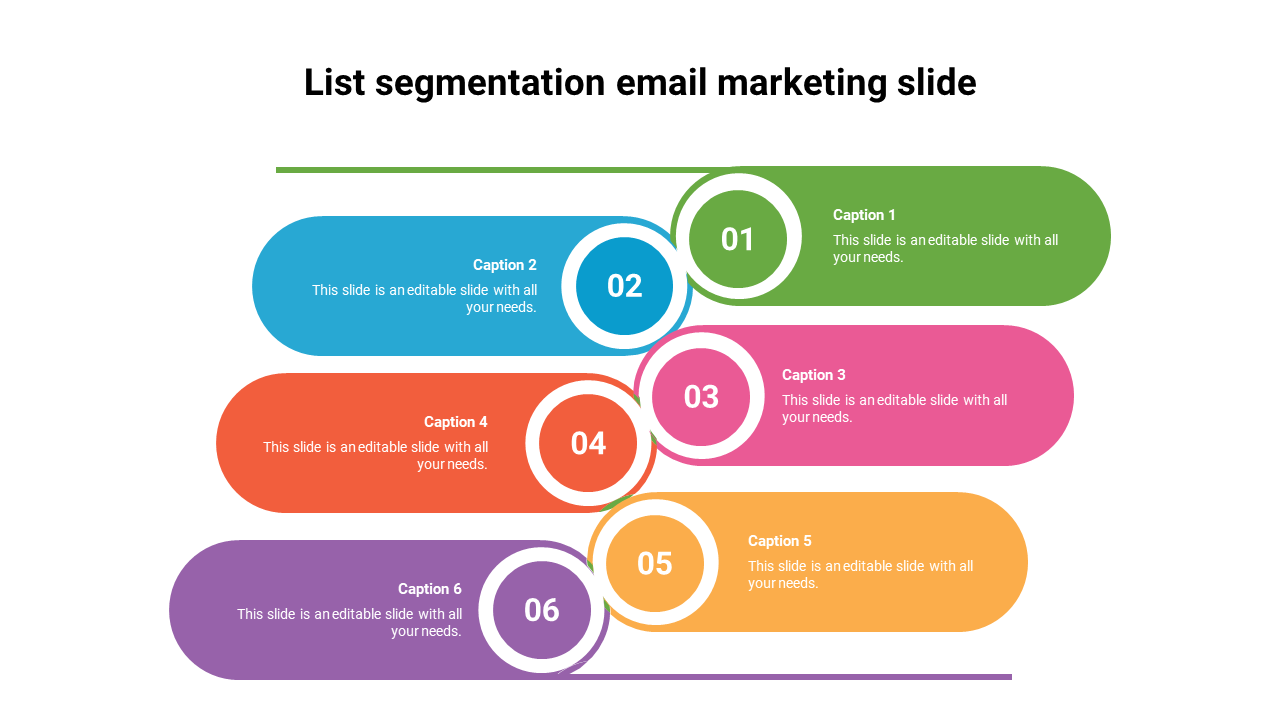
As marketers become more adept at segmentation, exploring advanced segmentation techniques can provide deeper insights into audience behavior and preferences. These methodologies enable more nuanced targeting, resulting in enhanced campaign success.
Dynamic Segmentation
Dynamic segmentation takes traditional segmentation a step further by automatically adjusting segments based on real-time data. This approach allows marketers to react swiftly to changes in customer behavior, ensuring that segments remain relevant and responsive.
For instance, if a customer frequently interacts with promotional emails related to a specific product category, dynamic segmentation enables marketers to classify the customer into a relevant segment without manual intervention. This fluidity empowers brands to engage customers with timely and pertinent information, increasing engagement rates.
Dynamic segmentation is especially useful in adapting to evolving market conditions or consumer behaviors. By leveraging automation and real-time data, marketers can deliver personalized experiences that resonate with their audience.
Predictive Segmentation
Predictive segmentation utilizes machine learning algorithms and historical data to forecast customer behavior and preferences. By analyzing past interactions, businesses can identify patterns that indicate future actions.
For example, a retailer might predict which customers are most likely to make a purchase based on previous shopping habits. By targeting these individuals with personalized offers or reminders, marketers can effectively increase sales and retention rates.
Investing in predictive analytics tools can significantly enhance segmentation strategies. These tools empower marketers to stay ahead of trends, optimize their messaging, and ensure that they are delivering the right content to the right people at the right time.
Lifecycle-based Segmentation
Lifecycle-based segmentation categorizes audiences based on their stage in the customer lifecycle. Typical stages include awareness, consideration, purchase, retention, and advocacy. This approach enables marketers to align their messaging with the specific needs and emotions of customers at each stage.
For example, new subscribers who are in the awareness phase may benefit from educational content, while repeat purchasers might respond better to loyalty rewards or referral incentives. By tailoring messages according to lifecycle stages, marketers can effectively guide customers along their journeys.
Lifecycle-based segmentation fosters long-term relationships with customers and encourages brand loyalty. By recognizing where customers stand in their journey, brands can provide relevant support and resources that meet their evolving needs.
RFM Analysis (Recency, Frequency, Monetary)
RFM analysis is a widely used technique that evaluates customers based on three fundamental dimensions: recency, frequency, and monetary value. This analysis helps categorize customers based on their purchasing habits and value to the business.
- Recency measures how recently a customer made a purchase. Customers who recently engaged are often more responsive to marketing efforts.
- Frequency assesses how often customers make purchases over a specific period. Frequent buyers are valuable assets that deserve special attention.
- Monetary evaluates how much money a customer spends within a given timeframe. High-spending customers are often prime candidates for exclusive offers or loyalty programs.
Using RFM analysis, marketers can identify high-value customers, nurture re-engagement with lapsed customers, and tailor campaigns that maximize returns. By segmenting customers based on RFM scores, businesses can deliver personalized offers and rewards that resonate with each group’s characteristics.
Final Thoughts
In essence, mastering the art of email segmentation is vital in today’s ever-evolving marketing arena. By truly knowing your audience and employing targeted strategies, you can significantly enhance engagement, drive conversions, and fortify customer connections. Your options are diverse, spanning from demographics and psychographics to cutting-edge approaches like predictive analytics and RFM.
Treat segmentation as a dynamic process that evolves with your audience’s preferences. Continually assess and adjust your tactics guided by engagement metrics, ensuring your campaigns resonate with customer anticipations. The goal is to cultivate genuine relationships that foster loyalty and advocacy, securing enduring prosperity in the fast-paced digital realm.
Perfecting your segmentation not only transforms your email initiatives but also revolutionizes your overall marketing blueprint, cultivating more profound consumer ties and elevated brand devotion.
